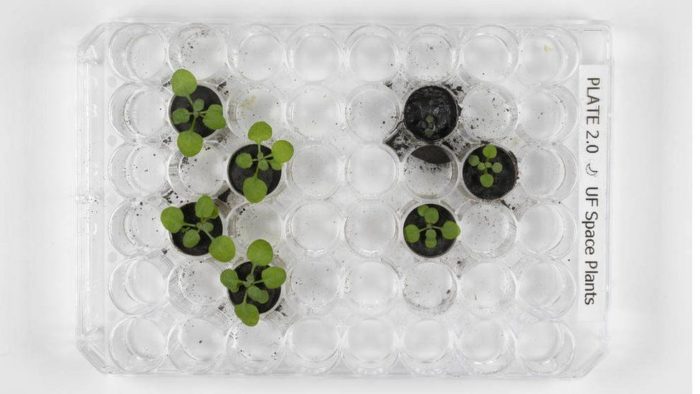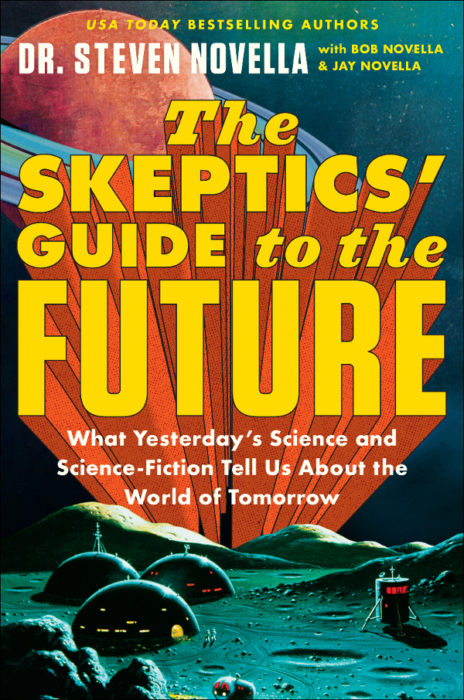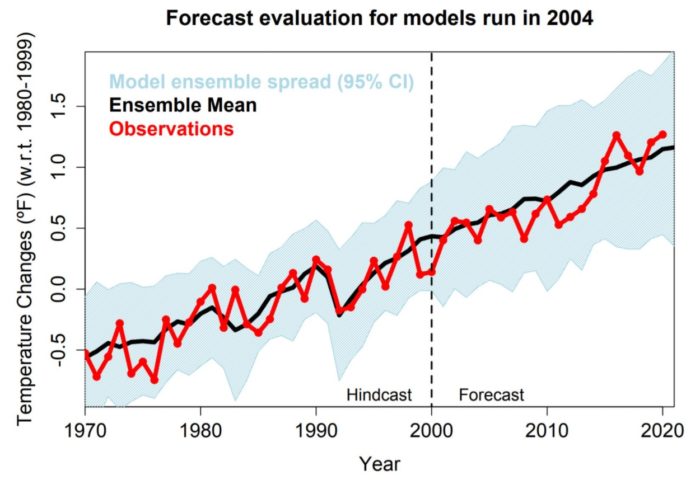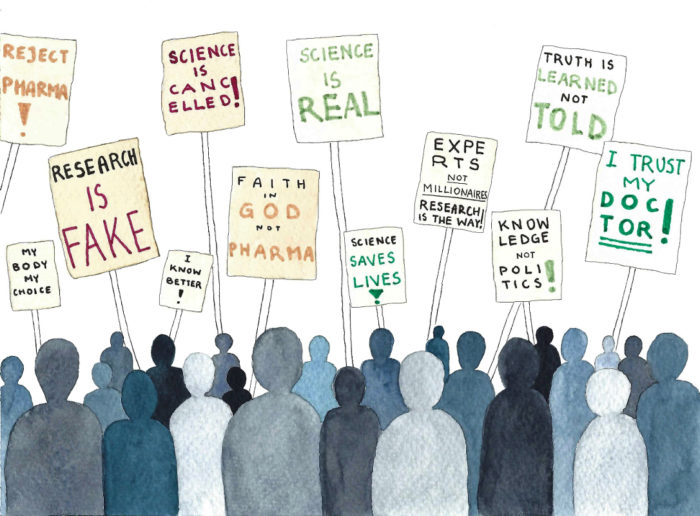May 13 2022
Scientists Grow Plants in Lunar Soil
 After years of requesting tiny samples of lunar soil, plant scientists at the University of Florida were finally granted 12 grams to work with (out of the 382 kg brought back during the Apollo missions). They had proposed a simple experiment – could seeds germinate and plants grow in lunar soil? It turns out the answer is yes, sort of.
After years of requesting tiny samples of lunar soil, plant scientists at the University of Florida were finally granted 12 grams to work with (out of the 382 kg brought back during the Apollo missions). They had proposed a simple experiment – could seeds germinate and plants grow in lunar soil? It turns out the answer is yes, sort of.
The researchers used Arabidopsis, or rockcress, which is a genus that contains the first plant to have its entire genome sequenced and is therefore a favorite of plant biologists. They added nutrient rich water to one gram pots of lunar soil and planted Arabidopsis seeds in them. As controls they planted the same seeds with the same nutrients in regular soil, and simulated lunar and Martian soil, plus Earth soil but from extreme environments. All of the seeds sprouted. For about the first six days the plants all seemed to be doing equally well, but then it became clear that the plants growing in lunar soil were smaller, more varied in size, and were showing signs of stress.
The experiment was therefore a partial success – the plants grew surprisingly well but did not thrive in the lunar soil. Because they used Arabidopsis, they were able to also track gene expression in the plants. The plants growing in lunar soil had increased expression of genes related to stress, reinforcing the conclusion that there is something about the lunar soil that is not friendly to the plants, causing them to react as if they were growing in an extreme environment.
Interestingly, the researchers had two different type of lunar soil from different locations. One type is referred to as “mature” lunar soil, which was exposed directly to the solar wind. They also had not mature lunar soil, in which the plants fared a little better.

 I am happy to announce that pre-orders are open for my upcoming book,
I am happy to announce that pre-orders are open for my upcoming book,  There are
There are  If someone gets seriously ill from COVID, to the point that they need to be hospitalized and even placed in ICU, and they were unvaccinated, how much should we blame them for their illness? This question can have practical implications, if we base decisions on allocating limited resources and insurance coverage of vaccine status. I
If someone gets seriously ill from COVID, to the point that they need to be hospitalized and even placed in ICU, and they were unvaccinated, how much should we blame them for their illness? This question can have practical implications, if we base decisions on allocating limited resources and insurance coverage of vaccine status. I  Placing “self-replicating” and any kind of “bots” in the same sentence immediately raises red flags, conjuring the image of reducing the surface of the world to gray goo. But that is not a concern here, for reasons that will become clear. There is a lot to unpack here, so let’s start with what xenobots are. They are biological machines, little “robots” assembled from living cells. In this case the source cells are embryonic pluripotent stem cells taken from the frog species Xenopus laevis. Researchers at the Allen Discovery Center at Tufts University have been experimenting with assembling these cells into functional biological machines, and have now added self-replication to their list of abilities.
Placing “self-replicating” and any kind of “bots” in the same sentence immediately raises red flags, conjuring the image of reducing the surface of the world to gray goo. But that is not a concern here, for reasons that will become clear. There is a lot to unpack here, so let’s start with what xenobots are. They are biological machines, little “robots” assembled from living cells. In this case the source cells are embryonic pluripotent stem cells taken from the frog species Xenopus laevis. Researchers at the Allen Discovery Center at Tufts University have been experimenting with assembling these cells into functional biological machines, and have now added self-replication to their list of abilities. There are different ways of looking at history. The traditional way, the one most of us were likely taught in school, is mostly as a sequence of events focusing on the state level – world leaders, their political battles, and their wars with each other. This focus, however, can be shifted in many ways. It can be shifted horizontally to focus on different aspects of history, such as cultural or scientific. It can also zoom in or out to different levels of detail. I find especially fascinating those takes on history that zoom all the way out, take the biggest perspective possible and look for general trends.
There are different ways of looking at history. The traditional way, the one most of us were likely taught in school, is mostly as a sequence of events focusing on the state level – world leaders, their political battles, and their wars with each other. This focus, however, can be shifted in many ways. It can be shifted horizontally to focus on different aspects of history, such as cultural or scientific. It can also zoom in or out to different levels of detail. I find especially fascinating those takes on history that zoom all the way out, take the biggest perspective possible and look for general trends. Syukuro Manabe, Klaus Hasselmann, and Giorgio Parisi share
Syukuro Manabe, Klaus Hasselmann, and Giorgio Parisi share  The ultimate goal of scientific skepticism is to skillfully use a process that has the maximal probability of accepting claims that are actually true and rejecting those that are false, while suspending judgment when an answer is not available. This is an open-ended process and is never complete, although some conclusions are so solid that questioning them further requires an extremely high bar of evidence. There are many components to scientific skepticism, broadly contained within scientific literacy, critical thinking skills, and media savvy. Traditional science communication focuses on scientific literacy (the so-called knowledge deficit model), but in the last few decades there has been copious research showing that this approach is not only not sufficient when dealing with many false beliefs, it may even be counterproductive.
The ultimate goal of scientific skepticism is to skillfully use a process that has the maximal probability of accepting claims that are actually true and rejecting those that are false, while suspending judgment when an answer is not available. This is an open-ended process and is never complete, although some conclusions are so solid that questioning them further requires an extremely high bar of evidence. There are many components to scientific skepticism, broadly contained within scientific literacy, critical thinking skills, and media savvy. Traditional science communication focuses on scientific literacy (the so-called knowledge deficit model), but in the last few decades there has been copious research showing that this approach is not only not sufficient when dealing with many false beliefs, it may even be counterproductive. We are approaching two years into this pandemic and we still haven’t proved the origins of the SARS-CoV-2 virus. However, this is not unusual at all, and in itself is not suspicious. It took 13 years to identify the origin of SARS, and we have never identified the origins of some Ebola outbreaks. But what do we know about the origins of SARS-CoV-2? The question has become highly political, which is unfortunate. Let’s review what the actual evidence has to say.
We are approaching two years into this pandemic and we still haven’t proved the origins of the SARS-CoV-2 virus. However, this is not unusual at all, and in itself is not suspicious. It took 13 years to identify the origin of SARS, and we have never identified the origins of some Ebola outbreaks. But what do we know about the origins of SARS-CoV-2? The question has become highly political, which is unfortunate. Let’s review what the actual evidence has to say.




